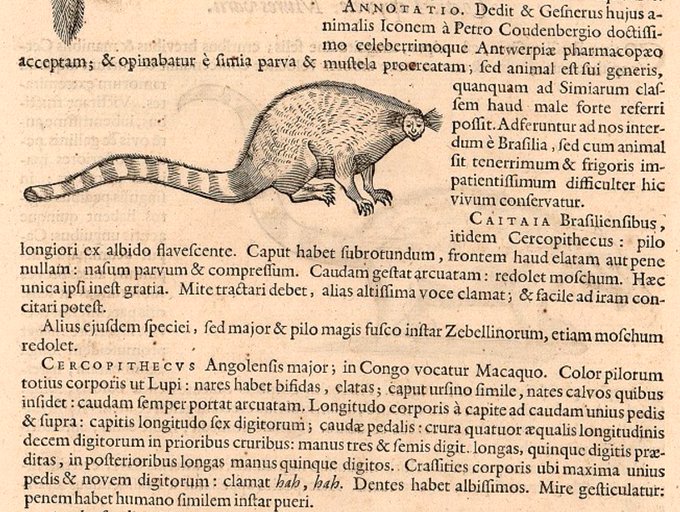A stunning new @PublicDomainRev essay by @JCBretan. The Polish artist Stanisław Witkiewicz annotated his work with the drugs he used to make them. LEFT: caffeine. RIGHT: "narcotics of a superior grade" including @Merck-manufactured mescaline and cocaine.
https://t.co/o34fAN48ai
@RoyaPak More #IranianCulturalSites: the stunning Safavid paintings and ceilings at the Chehel Sotoun pavilion in Isfahan, a
@UNESCO World Heritage site. I found the frescos here to be hard to photograph well but they are truly priceless, comparable to the best of Renaissance Italy.
Detail from David Teniers the Younger, "A Festival of Monkeys," c. 1670, showing fashionably-dressed monkeys smoking tobacco and carousing. More images from the same genre are collected here: https://t.co/f7HpTMghBF
I wrote about the creepy yet campy, Cold War-era NSA security posters that were recently released by the agency for @bunkhistory. https://t.co/sVYTPgMFQb
Details of an African dragon hunt from the c. 1480 French manuscript "Le secret de l'histoire naturelle," (BnF, Français 22971). The full manuscript is digitized at @laBnF: https://t.co/j5L1B3cZPv
"Meet Your New Neighbor": a remarkably optimistic radio ad from a 1944 issue of Popular Mechanics guessing that Americans would be eager to become radio-buddies with Russians after the war.
New Res Obscura post: What did seventeenth-century food actually taste like? https://t.co/ZFngKVZ0y7
New blog post: "Urine, Phosphorus, and the Philosopher's Stone." https://t.co/Cu4coNQMkV
Marmoset, 1648. Rough translation: "Some people think it's a monkey/weasel hybrid, but this animal is its own thing" https://t.co/lJJuuz1k5V
New post: why are there so many 17th century paintings of monkeys getting drunk? https://t.co/f7HpTMghBF

















